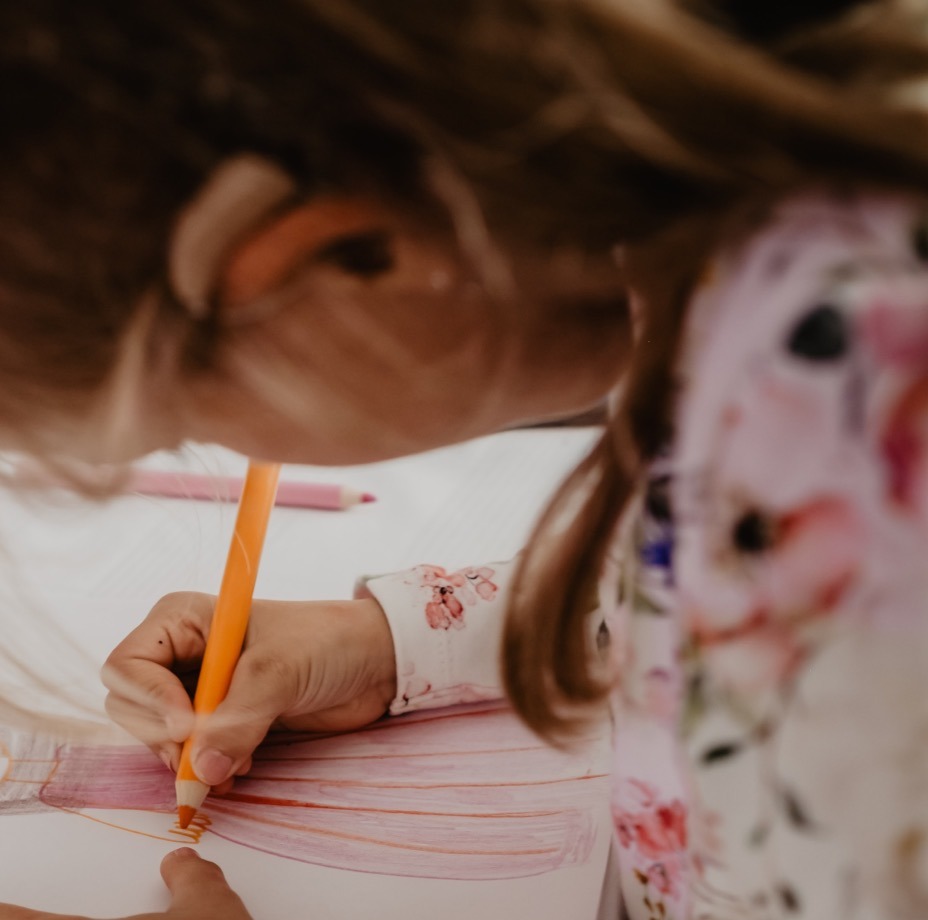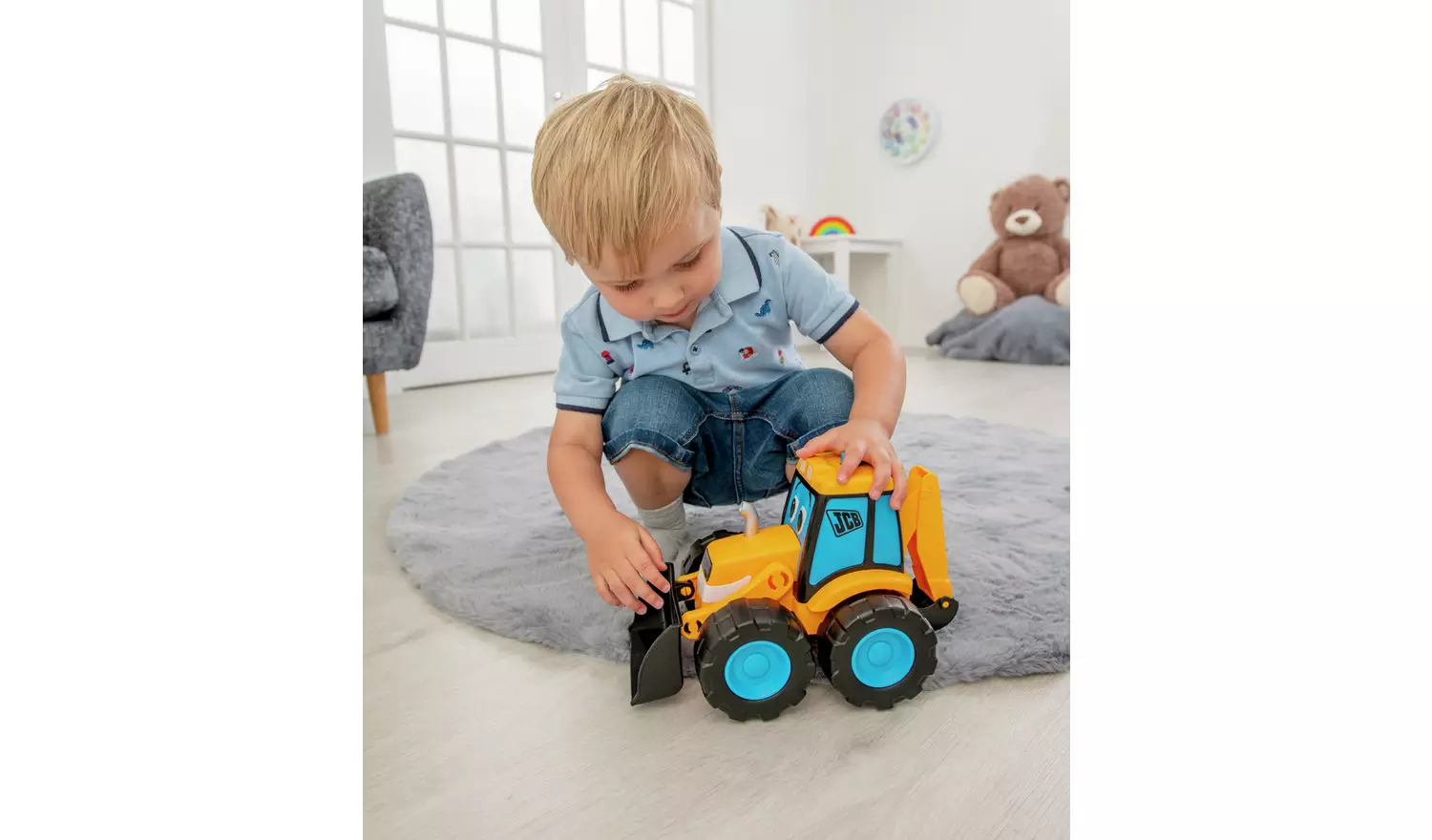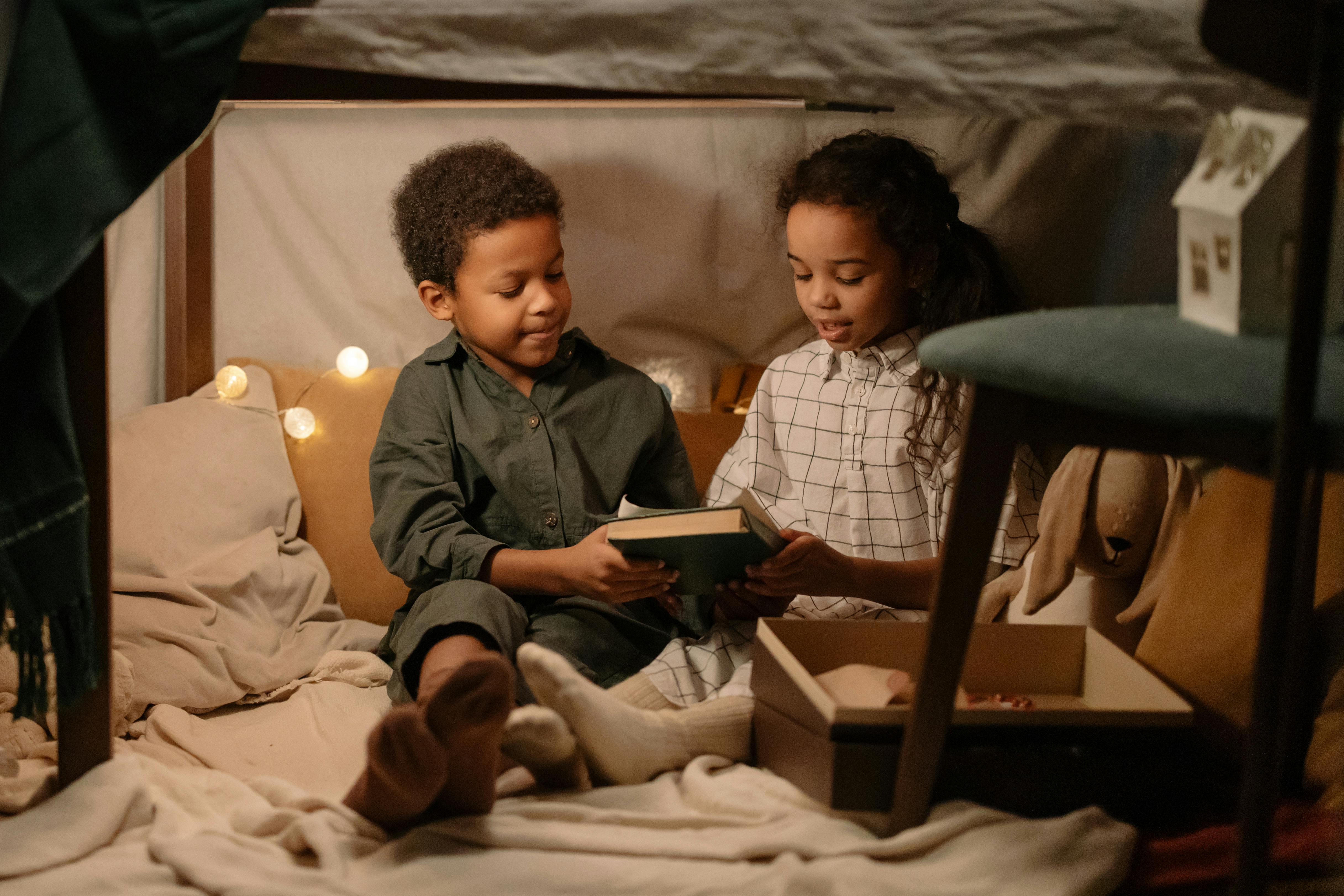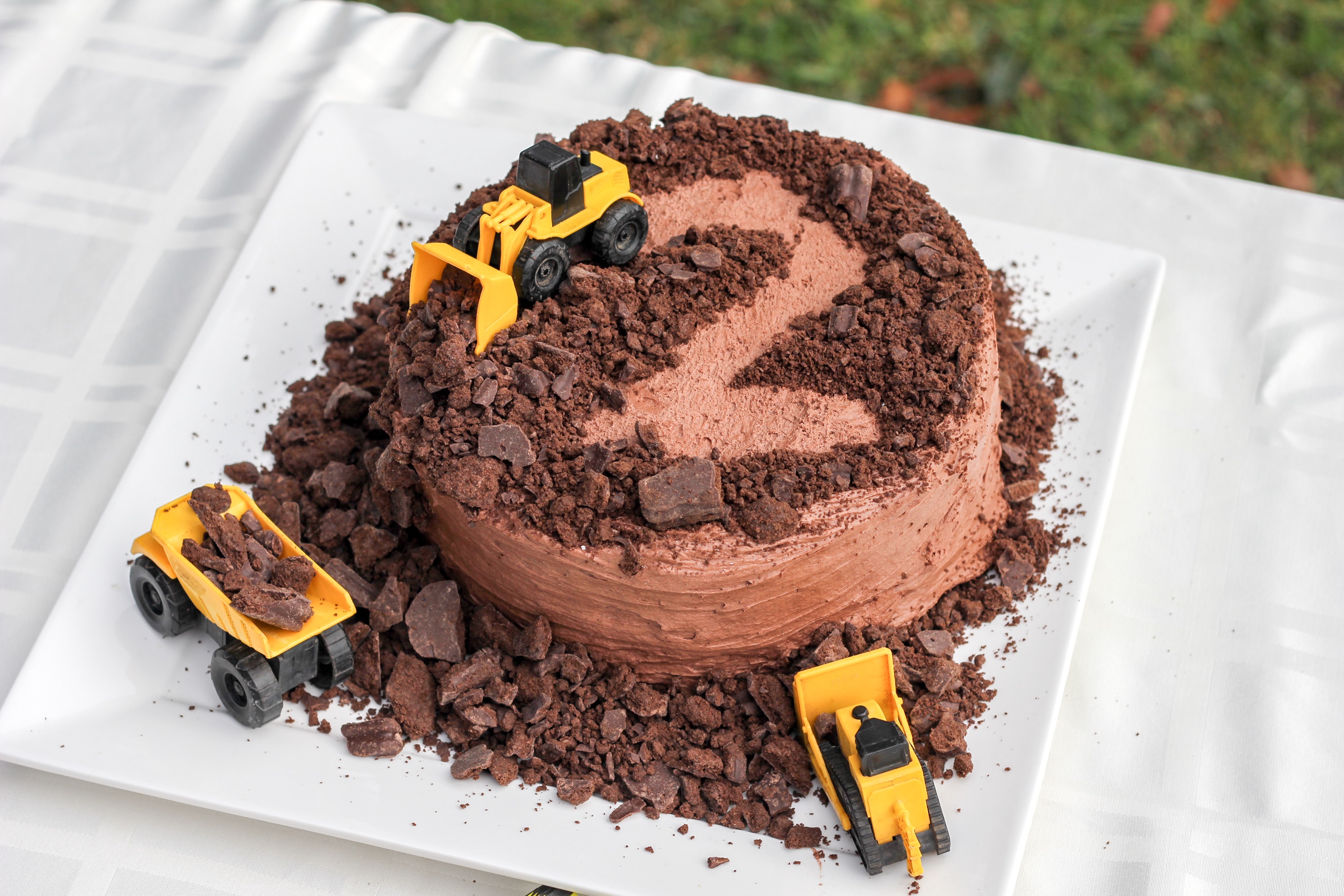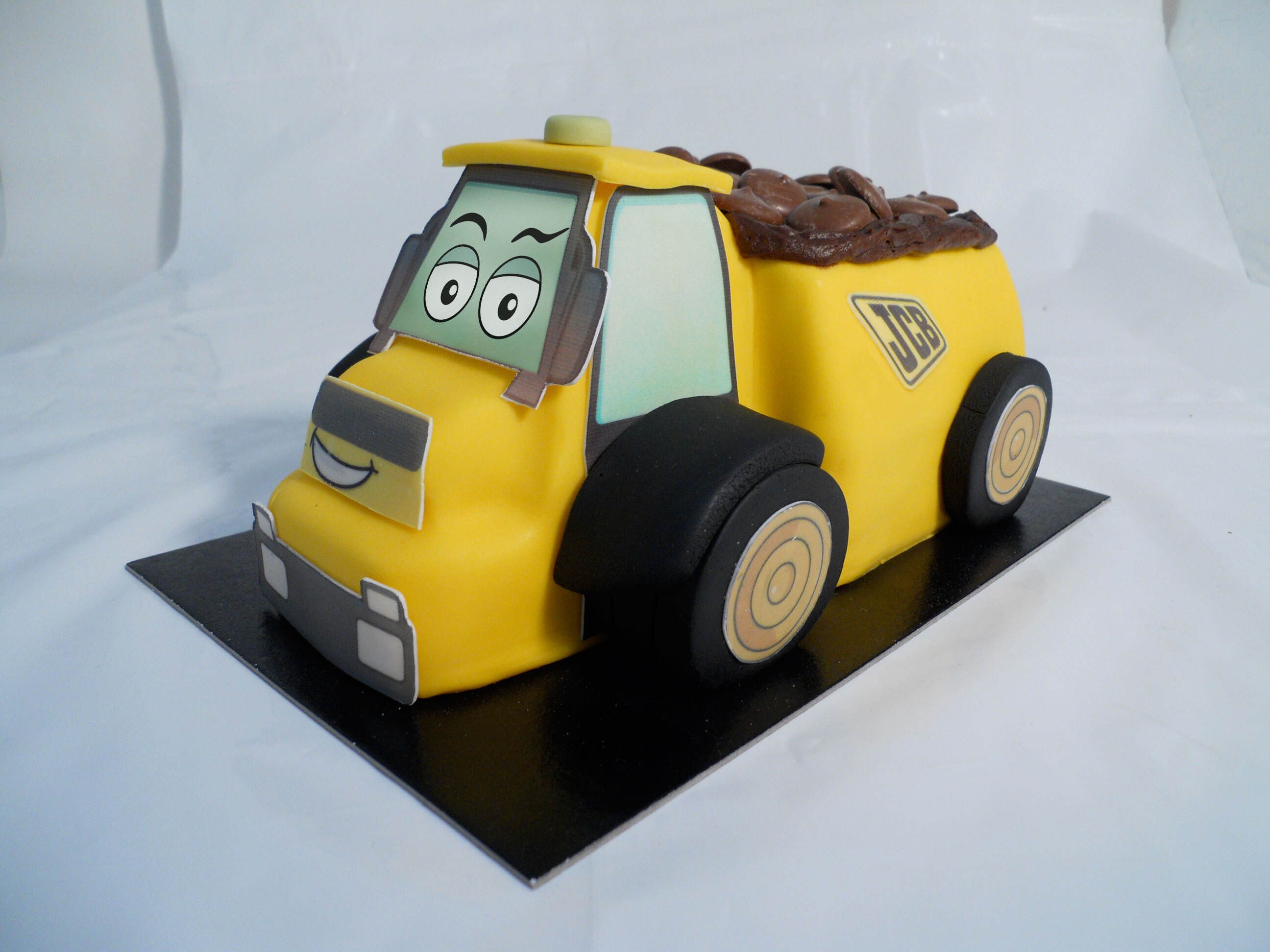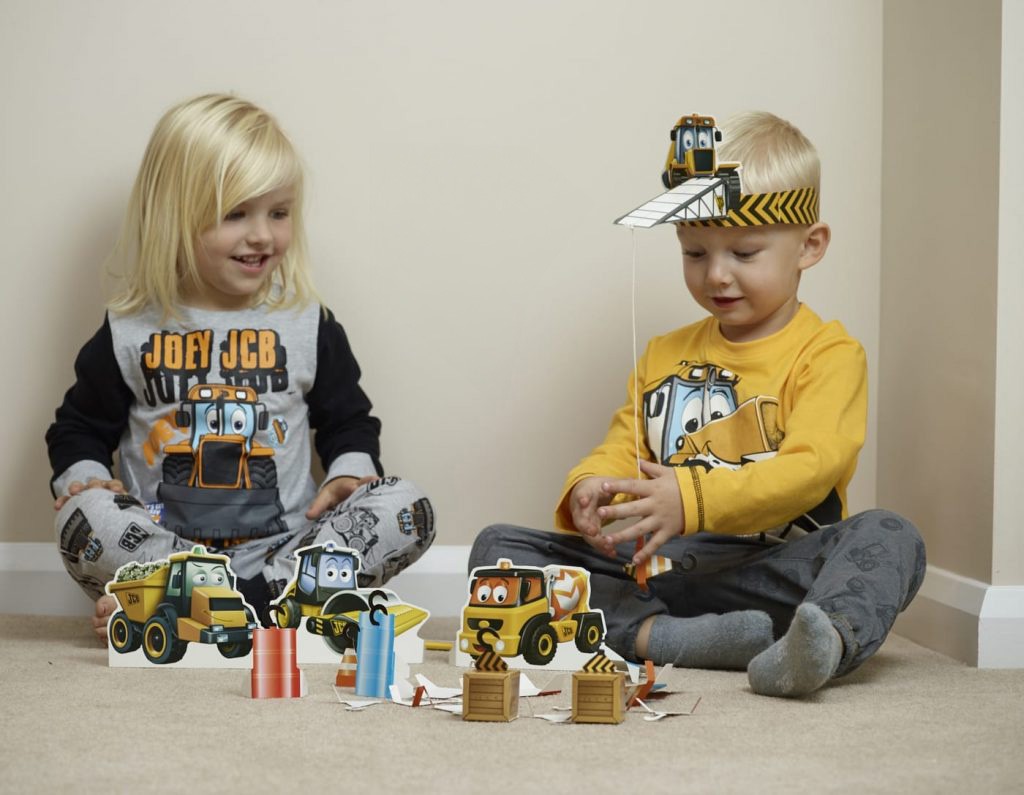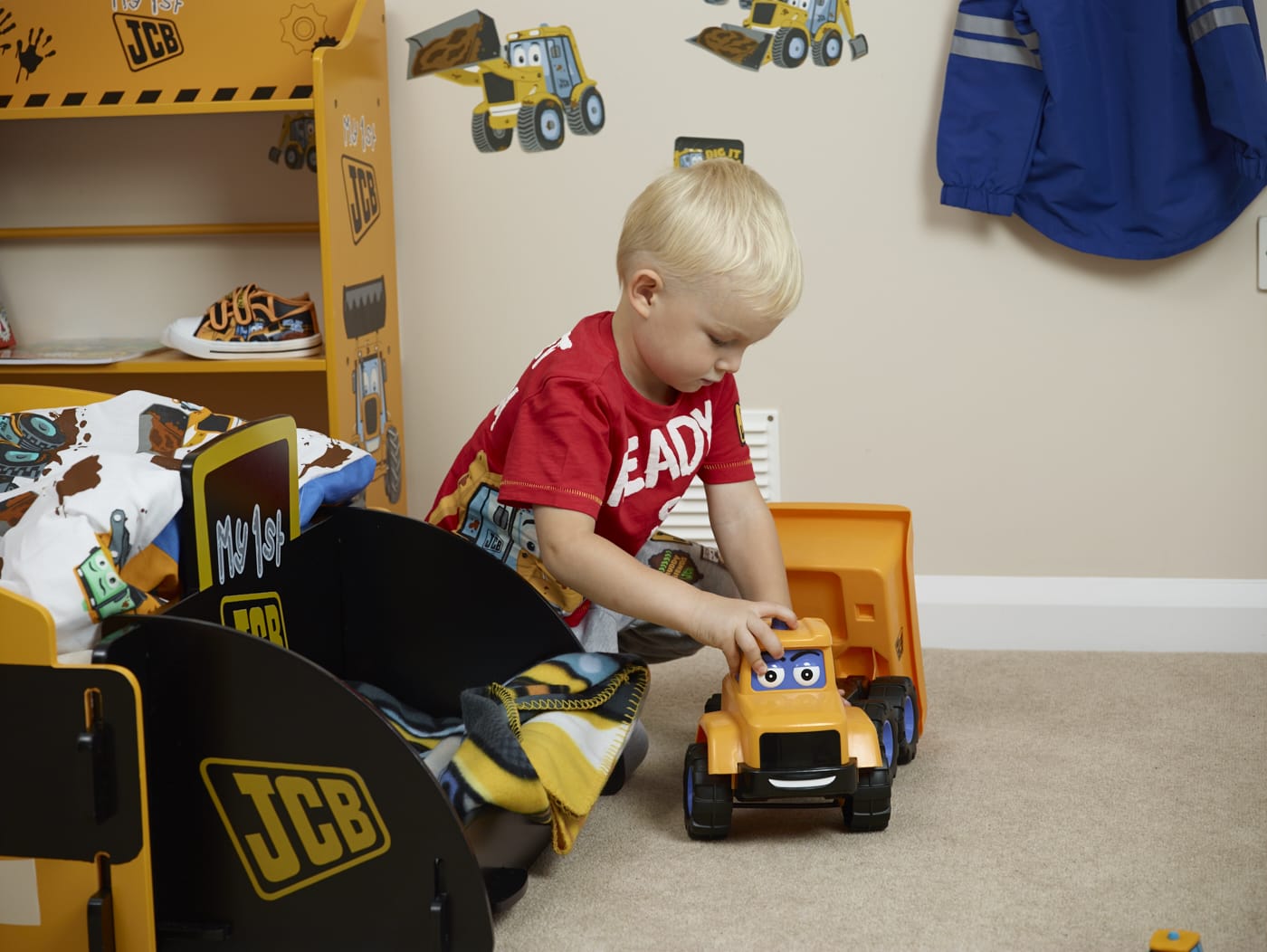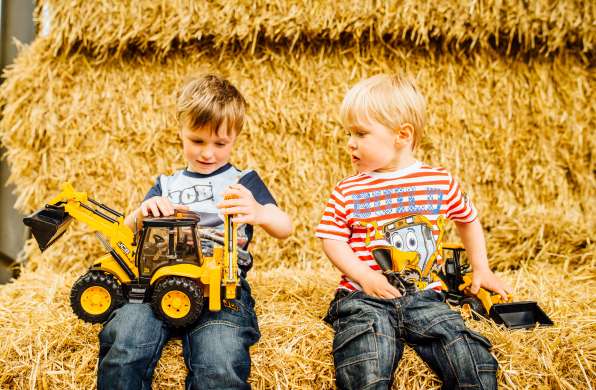Creating a DIY calendar is a fantastic way to combine learning, creativity, and family bonding. This simple yet rewarding activity allows parents and children to work together on a project that’s both fun and functional. Not only does it encourage constructive play, but it also helps kids develop skills like organisation, creativity, and focus.
In this guide, we’ll show you how to design and assemble your very own calendar in just a few easy steps. This activity is great for sparking your child’s creativity and making memories that will last all year round.
Jump straight to the method here.
Let Your Children Manage Their Own Calendar
A DIY calendar is a fantastic way to engage your child in learning and help them stay on top of important events. By incorporating educational elements and kid-focused activities, you can turn your calendar into a fun, interactive resource for the entire family. Let your children add their own important events and keep track of their important events.
Learning Days and Activities
Add learning days and activities to your calendar to schedule time for specific activities where your child can learn, be creative or read.
Important Dates
Keep a note of school events, trips away, sports days and birthdays so your children know when to expect fun activities that they can look forward to.
Fun Learning Goals
The start of the year is a great time to choose some fun learning goals with your child and choose a timeframe to achieve them. You could introduce goals such as reading a certain number of books in a month or completing a new craft project. You should also schedule reward days for when they achieve their goals to reinforce these goals.
Materials You Will Need
Before you dive into making your DIY calendar, it’s time to get all the materials you may need. Having everything ready will make the process smooth and enjoyable for both you and your child.
Some items you may require are:
- Photos or Artwork: Choose family photos, your child’s drawings, or any fun images that reflect your theme. If your children like diggers, why not use some of our JCB Muddy Friends wall stickers?
- Printable Calendar Templates: Download a free calendar template.
- Paper or Cardstock: Use thicker paper to ensure your calendar lasts all year.
- Scissors or Paper Cutter: For precise cuts when shaping the pages or photos.
- Adhesives: Glue, tape, or a glue stick for sticking images and decorations in place.
- Binding Materials: Options like a hole punch and yarn, ribbon, or a small binder ring for assembling your calendar.
- Decorative Supplies: Stickers, markers and stamps can all add a personal touch.
- Optional Tools:
- Ruler for straight lines.
- Laminator for added durability.
- Magnetic strips if you want a fridge-friendly calendar.
Encourage your child to participate by letting them select the decorations or photos. This not only makes the activity more engaging but also gives the calendar a unique, personal touch. Once everything is ready, you’re all set to start creating.
Step-by-step Guide to Making a DIY Calendar
Step 1: Choose Your Theme
Choose a theme for your calendar. Some ideas for a fun creative DIY calendar are:
Family Memories
Use photos of your favourite family moments from the past year to decorate your new calendar.
Get Seasonal
Help your children understand the different seasons and events by decorating the calendar with seasonal pictures and drawings. Try giving Easter a bright decoration with bunnies and eggs while October can be a spooky calendar with plenty of ghouls and zombies.
Artwork
Let your children’s imaginations run wild with their artwork and ideas. Give them stickers, stamps and pens to come up with their own calendar for the new year. Guide them on different events throughout the year that they might want to include in their inspiring artwork.
Step 2: Prepare Your Calendar Templates
When preparing your blank calendar template to print, remember to leave plenty of space for decorations and additional notes that pop up throughout the year.
Try adding the month in the top left corner with the daily calendar taking up two-thirds of the page below. This leaves plenty of space to be creative and add stickers, stamps and drawings.
We recommend using A4 paper in landscape so that you can easily print the calendar templates at home or at the local library (don’t forget to leave some space at the top for binding). Let your kids get involved in this design to see how they want to try designing their own calendar.
Step 3: Add Decorations
Now it’s time to get creative. With stickers, stamps, pens and glue in hand, your children can use their imagination and motor skills to be creative and create the perfect calendar for the new year.
If you are using glue, be prepared to get a little messy and lay down a protective sheet on your table to save yourself a clean-up later on.
Step 4: Assemble Your Calendar
Now it’s time to bind your calendar. This will vary depending on how you have decided to bind everything together. If you have left a space at the top of your page for ring binding or yarn binding, you can add a straight row of hole punches across all the pages to allow the binding to secure all of the pages together.
If you don’t want to bind with rings or yarn a simple row of staples should do the job. And if you want to add your calendar to the fridge you can add a sturdy piece of card to the binding and mount a few magnetic strips to the back of the card to stick to the fridge easily.
Step 5: Personalise Your DIY Calendar
Once your calendar is ready, go through all the months with your children and add key dates such as birthdays, anniversaries, holidays or whatever your children think is worth adding to the calendar.
Fun for the Whole Family with a DIY Calendar
Creating a DIY calendar is more than just a crafting project, it’s an opportunity to engage your child in constructive play, spark their creativity, and teach them valuable skills like time management and organisation. By involving them in the process, you create a practical tool for keeping track of events and activities and foster a sense of accomplishment and pride in their work.
Whether you use it to highlight important dates, track educational goals, or simply as a fun family activity, a DIY calendar is a meaningful way to spend quality time together. So, gather your materials, let your imagination run wild, and start creating memories that will last all year long.



